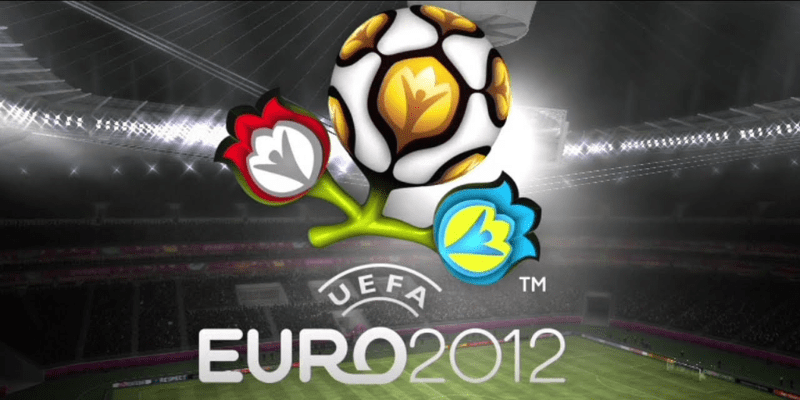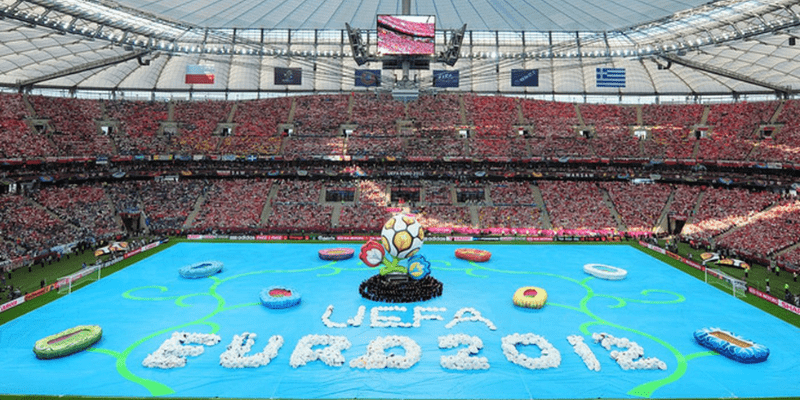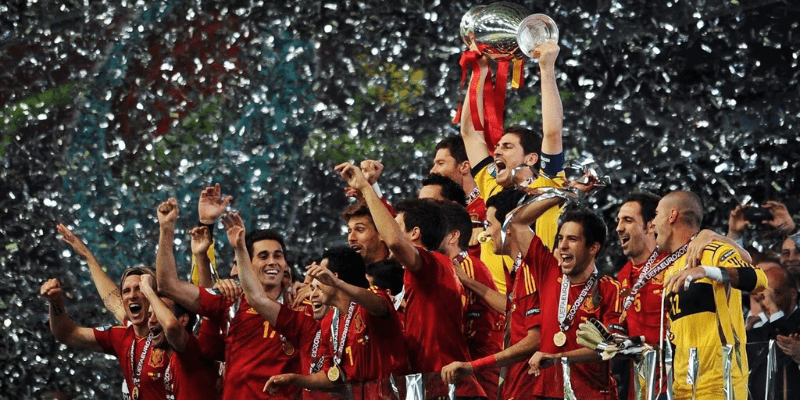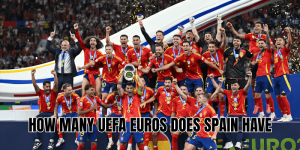The question “where was UEFA Euro 2012” might seem simple—but the story behind the location, the stadiums, the legacy, and the football drama makes it much richer. In this article, SansBall will guide you through exactly where UEFA Euro 2012 was held, how the hosts prepared, what made the tournament special, and why its location still matters to football fans today.
What were the host countries

UEFA Euro 2012 was co-hosted by Poland and Ukraine, marking the first time either country had hosted the European Championship. This joint bid was formally selected by UEFA in April 2007.
- Hosting took place between 8 June and 1 July 2012.
- As hosts, Poland and Ukraine both qualified automatically for the final tournament—no group stage or playoffs for them.
The host cities and stadiums
To meet UEFA’s standards and to accommodate fans, eight cities (four in each country) were chosen as match venues. Some stadiums were newly built; others were renovated.
Here are the key host cities and their stadiums:
| Country | City | Stadium | Approximate Capacity / Notes |
| Poland | Warsaw | National Stadium (Wars | ~58,000; a new stadium built for the tournament. |
| Wrocław | Stadion Miejski | ~40-45,000; modernised for Euro 2012. | |
| Gdańsk | Arena Gdańsk | ~40,000; a newer build. | |
| Poznań | Stadion Miejski (Poznań) | ~43,000; also renovated. | |
| Ukraine | Kyiv | Olympic Stadium (NSC Olimpiyskiy) | ~70,000; hosted the final. Complete renovation before the tournament. |
| Donetsk | Donbass Arena | ~50,000; one of the newer stadiums. | |
| Kharkiv | Metalist Stadium | ~38,000; upgraded to host matches. | |
| Lviv | Arena Lviv | ~34,915; newly built for Euro 2012. |
Why the choice of Poland and Ukraine was significant

Choosing Poland and Ukraine had both logistical and symbolic weight. SansBall highlights these points:
- It was the first time Ukraine hosted the tournament as an independent nation. Poland, while previously a co-host in other events, had never before held a major international tournament of this scale alone or jointly with a partner like this.
- The decision required large investments in infrastructure: stadiums, transport networks, airports, roads, hotels. Five brand-new stadiums were built, and the rest were modernised.
- The motto “Creating History Together” captured the spirit: combining efforts.
Key moments anchored to the hosts
Knowing where Euro 2012 took place helps us recall moments made special by the locations:
- The final match was hosted in Kyiv, at the renovated Olympic Stadium, where Spain crushed Italy 4-0 to claim their second consecutive European title.
- Several group-stage and knockout matches exposed fans to different cultures: for example, traveling between Ukrainian cities like Donetsk or Lviv, or experiencing Polish hospitality in Gdańsk or Poznań. The host cities weren’t only venues—they shaped fan experiences.
- Infrastructure challenges in some cities drew scrutiny, but overall, Poland and Ukraine managed to pull off a highly praised hosting.
Outcomes and legacy
What Euro 2012 left behind in those places and to the football world:
- Spain sealed a footballing dynasty: having won Euro 2008 and the 2010 World Cup already, they completed a rare treble of major tournaments.
- The average attendance per match and total attendance broke records for the 16-team format. Fans turned out in huge numbers, showing that Eastern Europe had both the infrastructure and appetite for big tournaments.
- Stadia like Arena Lviv and the Donbass Arena became landmarks, though subsequent events (political, conflict-related) have impacted some. Still, many of the stadiums remain important for club football and national team matches.
- The format (16 teams) was soon expanded in future Euros, but 2012 remains the last with that smaller format. This added extra importance to each match.
What fans often want to know beyond “where was UEFA Euro 2012”

To satisfy that curiosity fire, here are some related questions and their answers:
- Which cities held the final? Kyiv hosted the final match.
- How many matches were played in each host country? Ukraine hosted 16 matches; Poland hosted 15.
- Were there any controversies about readiness? Yes—issues with infrastructure and transport in some places raised concerns, but UEFA kept close oversight and deadlines. By 2009 and 2010 Poland and Ukraine had largely met the requirements.
Conclusion
Where was UEFA Euro 2012? It was proudly co-hosted by Poland and Ukraine, across eight cities, with dazzling stadiums, passionate fans, and iconic football moments. SansBall hopes you now see not just where the tournament took place, but why those locations mattered—how they shaped the matches, memories, and legacy.
If you want more, you can explore full player stats, match-by-match breakdowns, or stories about how the host stadiums are used today. Dive in, revisit those golden moments—and relive the joy of Euro 2012 with every tackle, goal, and celebration.






